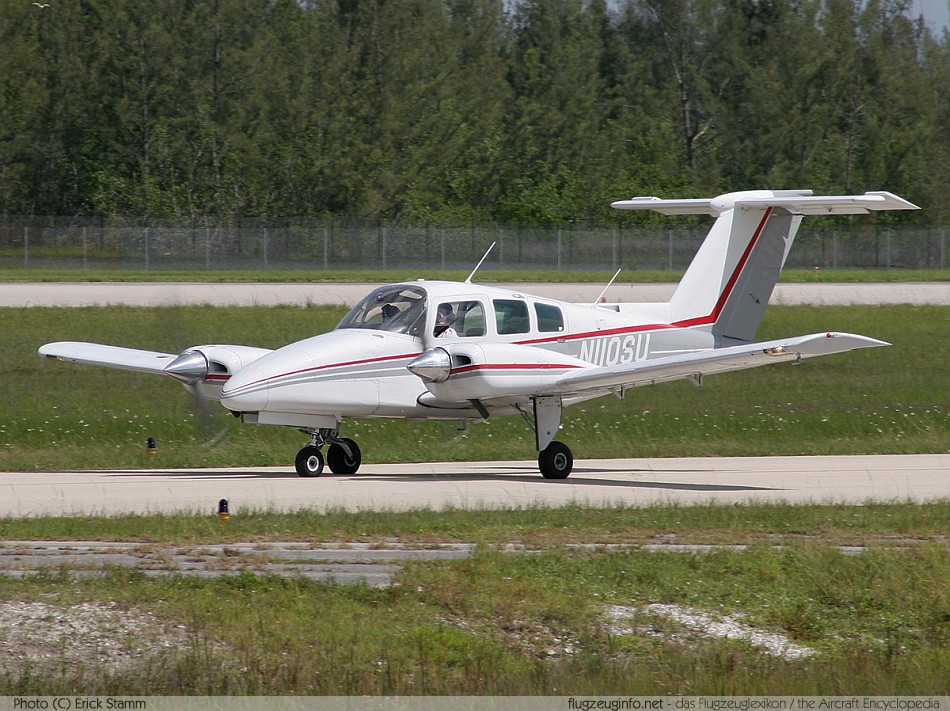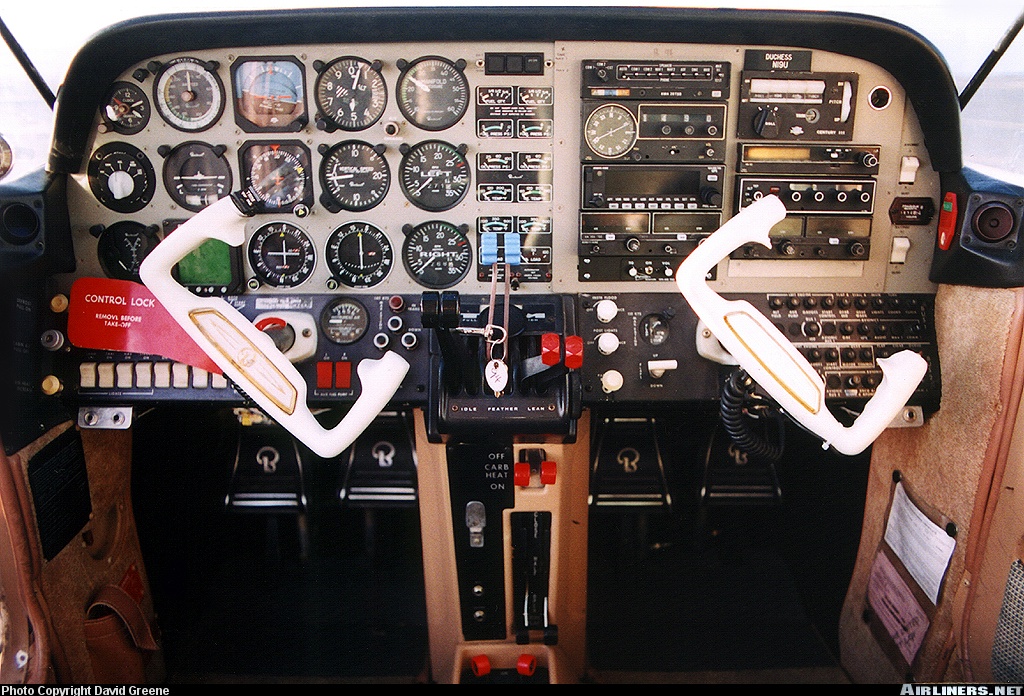Aircraft Technical Data
Beech 76 Duchess


| Details | |
| Country of Origin | United States of America |
| Type | Four place light twin |
| History | The Model 76 Duchess was one of a new class of light four place twins developed in the mid 1970s. The prototype of the Duchess, designated the PD-289, made its first flight in September 1974. However a further 30 months of development work passed before the first production Model 76 took to the air on May 24 1977. Certification was granted in early 1978, with first deliveries commencing in that May. The Duchess was positioned between the Bonanza and the Baron in the Beechcraft model range. Beech developed it for its Beech Aero Centers, and pitched it at the personal use light twin, light charter and multi engine training markets. Design aims included good low speed and single engine handling. Aside from the prototype PD-289, no variations of the Duchess 76 were built before production ended in 1982. All Duchesses therefore feature two Lycoming O-360 engines (with counter rotating propellers), a T-tail (incorporated to reduce control forces and improve elevator response), entry doors on either side of the cabin and electric trim and flap controls (the prototype PD-289 featured manually operated flaps). The fuselage was based loosely on the single engine Sierra's, and like the Sierra and its Musketeer predecessors featured a bonded honeycomb construction wing. The Sierra and Duchess also share common structural components. Beech offered three factory option packages on the Duchess - the Weekender, Holiday and Professional - and 11 factory installed avionics packages. Beech developed the Duchess for low cost, high volume production, but the falling popularity of light twins, an economic recession and crippling product liability laws in the USA all contributed to a relatively short production run which wound up in 1982. Sales had peaked in 1979 when 213 were built. Like its contemporaries the Grumman/Gulfstream American Cougar and Piper Seminole, the Duchess' success was hampered through unfortunate timing. Ever increasing advances in engine efficiency, safety and reliability led to a rise in popularity for big high performance singles such as Beech's own Bonanza series, which lacked the maintenance overheads of two engines, but had comparable performance. However, to a greater extent than the Seminole and Cougar, the Duchess enjoyed some success as a twin engine pilot trainer, a role in which it is widely used for today. |
| Powerplants | Two 135kW (180hp) Lycoming O-360-A1G6D flat four piston engines driving two blade constant speed propellers. |
| Performance | Max speed 317km/h (171kt), max cruising speed 307km/h (165kt), recommended cruising speed at 10,000ft 293km/h (158kt), long range cruising speed 280km/h (151kt). Initial rate of climb 1248ft/min. Max range with reserves 1445km (780nm). |
| Weights | Empty 1110kg (2446lb), max takeoff 1780kg (3900lb). |
| Dimensions | Wing span 11.58m (38ft 0in), length 8.85m (29ft 1in), height 2.89m (9ft 6in). Wing area 16.8m2 (181.1sq ft). |
| Capacity | Seats for four. |
| Production | 437 Duchesses were built between 1978 and 1982. |
| Related Links | Beech 76 Duchess |
The backbone of this section is from the The International Directory of Civil Aircraft by Gerard Frawley and used with permission. To get your own copy of the book click here. |
|








